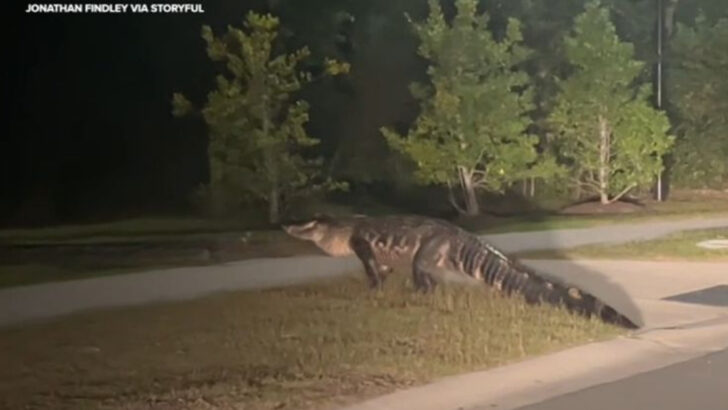Alligators aren’t just lurking in swamps anymore—they’re turning up on golf courses, in backyards, even strolling through parking lots. And they’re not lost. They’re expanding. Fast. From unexpected suburbs to states that once claimed to be gator-free, sightings are on the rise. People are snapping photos. Wildlife officials are issuing warnings. And everyone’s asking the same thing: What’s going on? Whether it’s warming temperatures, habitat changes, or just gators being bolder than ever, these cold-blooded reptiles are making moves—and some of them are closer to your front door than you’d think.
Florida
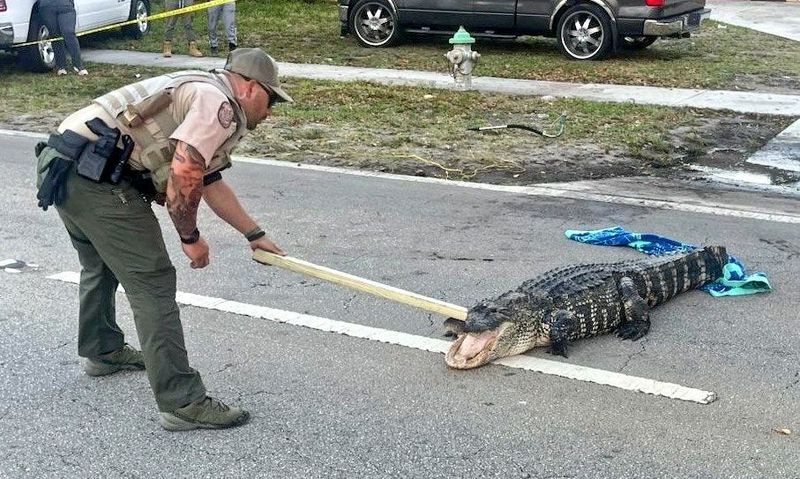
In Florida, alligators are practically a part of the landscape. With their numbers increasing, they often wander into residential areas. Florida’s warm climate, abundant wetlands, and protective laws create an ideal environment for these reptiles. Recently, urban expansion has encroached upon their natural habitats. Consequently, alligators are more frequently spotted near human settlements. The state has implemented programs to manage alligator populations, but sightings continue to rise. Residents are advised to remain cautious and informed. The fascination with these creatures persists, despite the potential dangers they pose.
Louisiana
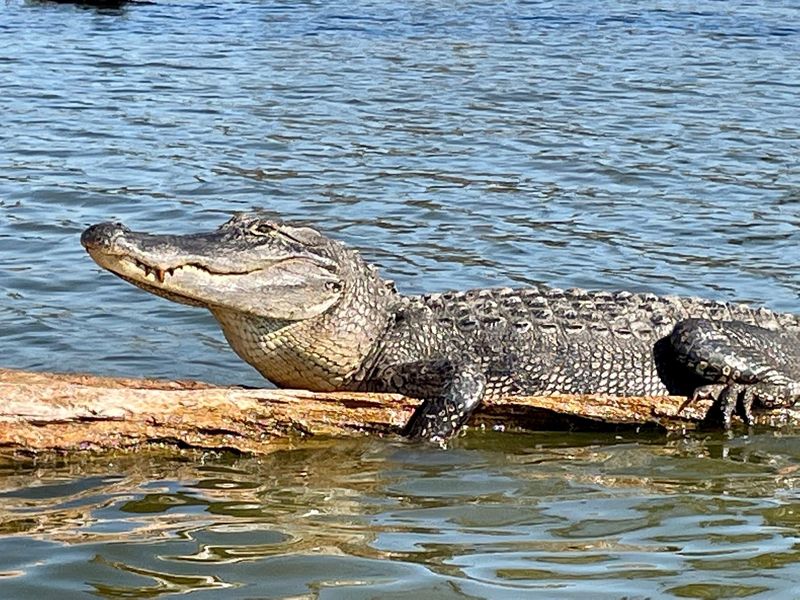
Louisiana’s bayous are synonymous with alligators. These ancient reptiles have adapted well to the state’s swamps. Recent increases in sightings are attributed to warmer temperatures and wetland restoration efforts. Alligators are venturing into new territories as their habitats recover. The state’s rich biodiversity provides ample food sources, supporting a thriving alligator population. People are urged to respect these animals’ space and avoid feeding them. Public education campaigns are underway to teach residents about alligator behavior and safety measures.
Texas
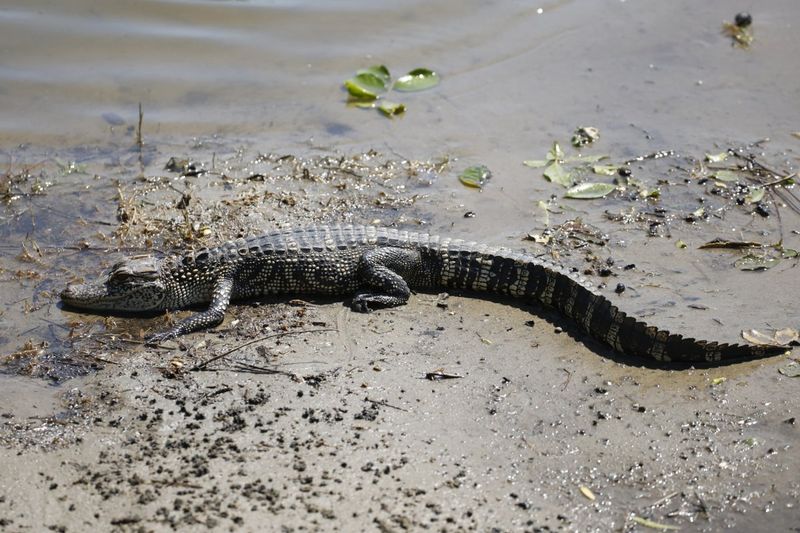
Texas has seen a notable rise in alligator sightings along its rivers. Changes in water management and conservation policies have bolstered their population. Additionally, the mild winters and abundant prey make Texas an attractive home for alligators. As urban areas expand, encounters between humans and alligators become more common. The state encourages coexistence through awareness programs. By learning to recognize their presence, Texans can safely share the landscape with these formidable reptiles. Alligators, once rare in some regions, are now thriving.
Georgia
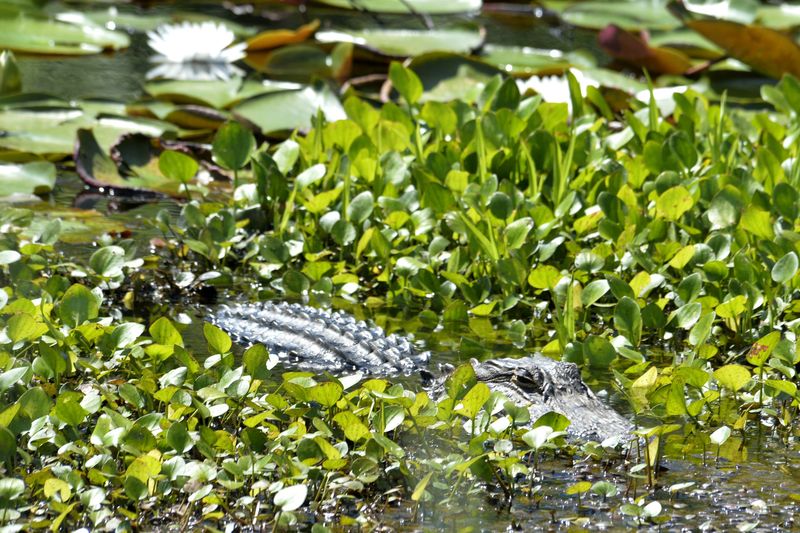
In Georgia, the increase in alligator sightings is linked to habitat preservation efforts. As wetlands are restored, these animals find more places to thrive. The state’s moderate climate and diverse ecosystems offer a perfect refuge. However, residential development near these areas has led to more frequent encounters. The public is encouraged to report sightings and respect alligator habitats. Educational initiatives aim to promote understanding and reduce fear. The balance between conservation and human activity remains delicate, but essential.
South Carolina
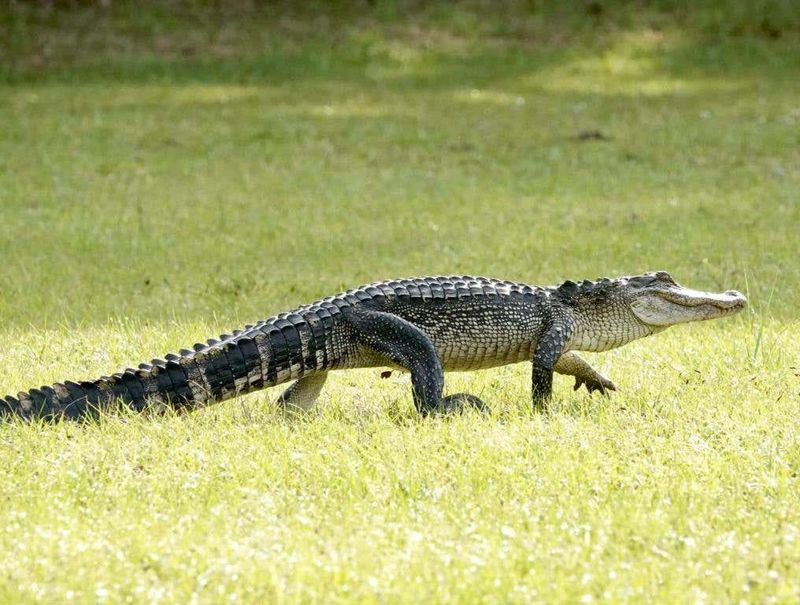
South Carolina’s swampy regions are home to increasing numbers of alligators. Conservation success stories contribute to their growing population. As predators, alligators play an important role in the ecosystem. Sightings have risen, especially in lowland areas where development is minimal. The state provides resources to help residents coexist with these creatures. Alligators’ elusive nature often piques curiosity, drawing visitors to their habitats. The careful balance of admiration and caution ensures both human and alligator safety.
Mississippi
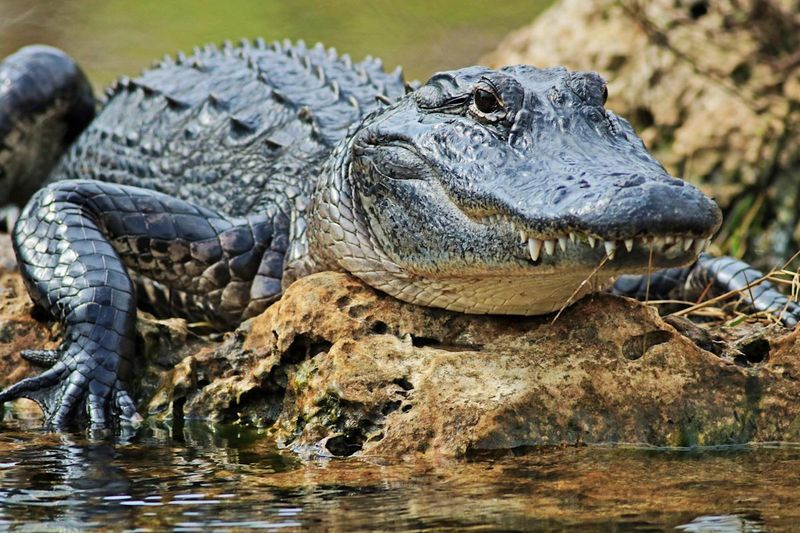
Mississippi’s abundant waterways are seeing a surge in alligator activity. Warmer temperatures and improved water quality contribute to this trend. These reptiles are finding ample resources to support their growing numbers. As their habitats expand, so do the chances of human interaction. The state advises caution and provides guidelines for safe coexistence. Changes in federal protection laws further influence their population dynamics. Mississippi continues to monitor alligator activity, balancing conservation with public safety.
Alabama
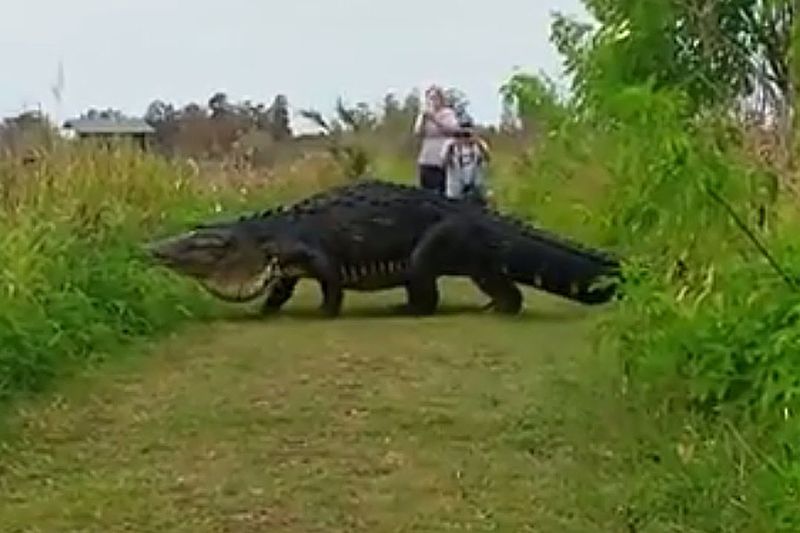
The wetlands of Alabama are hosting more alligators than ever. Population growth is driven by successful conservation and climate factors. These creatures are increasingly seen basking in the sun or swimming in local lakes. As alligator numbers rise, the potential for sightings near human habitation grows. Residents are reminded to maintain a respectful distance and follow safety protocols. This symbiotic existence between people and alligators is relatively new, requiring ongoing adaptation and education.
Arkansas
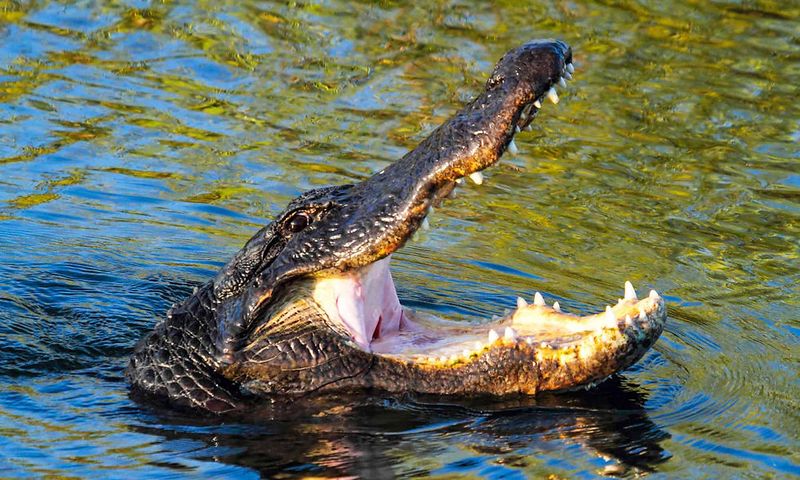
Arkansas is witnessing an unexpected rise in alligator sightings. Previously uncommon, these animals are now more visible due to changing habitats. Restoration of wetlands and favorable weather conditions support their emergence. Increased public awareness has led to better reporting and understanding. The state highlights the importance of protecting these reptiles while ensuring community safety. Keeping a respectful distance is key to harmonious coexistence. With time, Arkansas is likely to embrace its growing alligator population.
North Carolina

In North Carolina, alligator sightings are becoming a part of the natural landscape. Wetland conservation and warmer winters facilitate their spread. These reptiles are adapting to new environments, often surprising residents. Public education efforts focus on awareness and safety. As alligators venture into populated areas, understanding their behavior becomes crucial. The state strives to maintain a balance between protecting these animals and ensuring human safety. Alligators add a unique element to North Carolina’s diverse wildlife.

